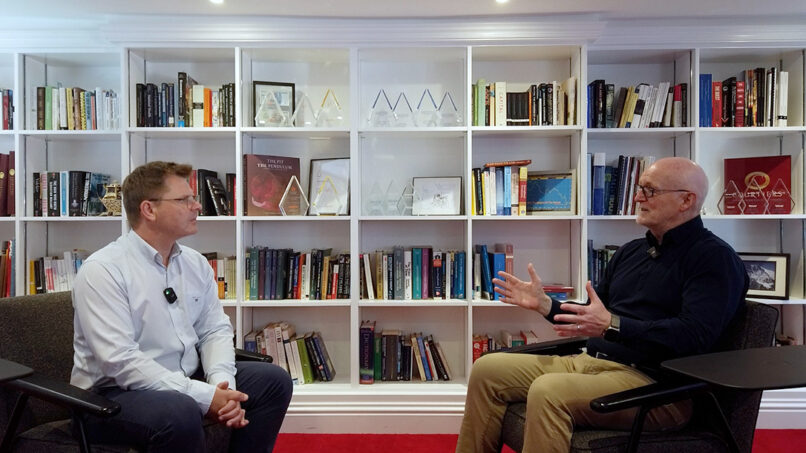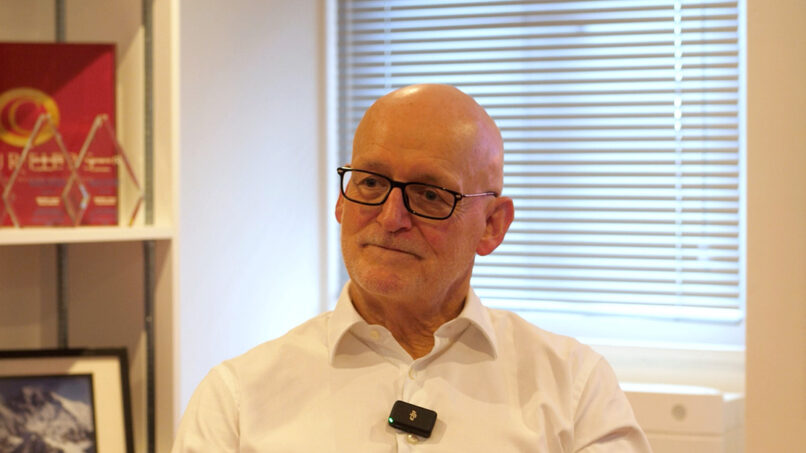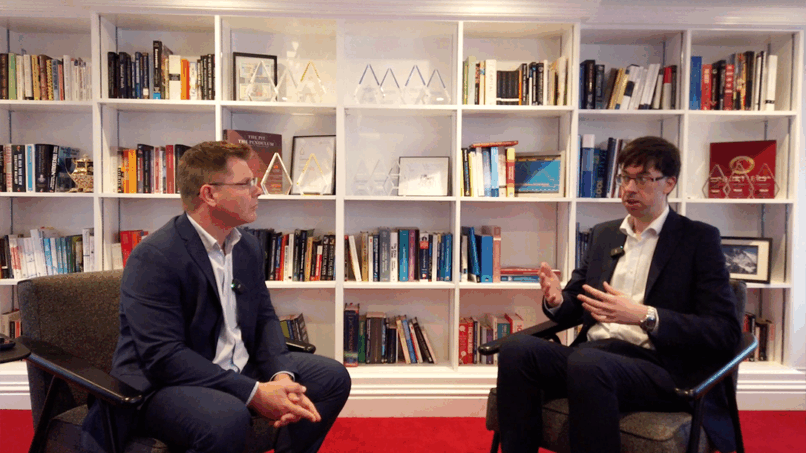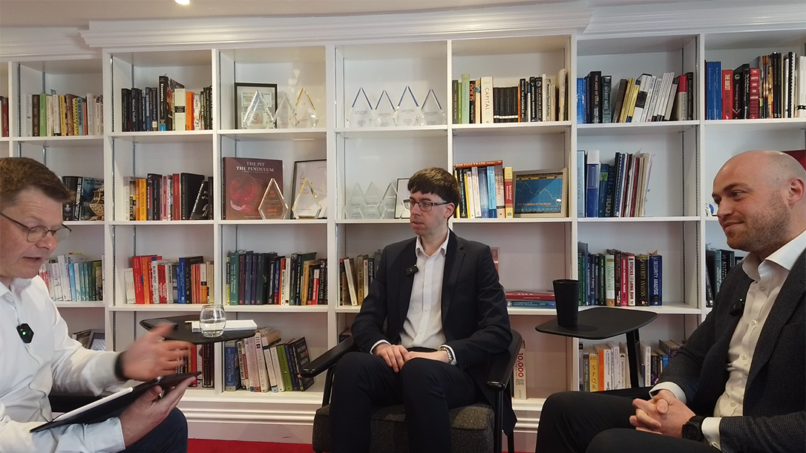Passive investing is an illusion. Like Thomas More’s Utopia and James Hilton’s Shangri-La, it’s a fantasy that does not exist. There is no such thing as passive investing.
The act of investing is a serious business and the principles are the same. Whether you’re an individual investing for your old age, the trustee of a university endowment committing assets to fund future education, there are some basic questions all investors need to ask:-
1. What is the money for?
Everyone has goals. There are things we want to do in life and most of them require money, so the first question to ask when you start the investment process is what do you want the money to do for you?
2. When do you want to achieve these goals?
This is an important question because it determines your time horizon, i.e. the period over which you will be investing. Getting this right is helpful because it enables you to decide which assets you will buy. Some assets are better for the short-term and others work better in the long-term.
3. How much risk can you take?
In other words, can you afford to lose the money? If you need a return on your investment to pay the electricity and gas bills then you had better not lose it. At the other end of the scale, if you have put money to one side because you are passionate about buying a 1920’s straight-eight Bentley, and all your other requirements are met (like Corinne Davies on the 5th December 2009 episode of “Deal or No Deal”), then you can afford to take risks.
4. Which asset classes will work best for you?
Decide whether you are going to invest in shares, bonds or perhaps tangible assets, like real estate. If you are going for shares do you want big or small companies or something in between? Or perhaps you will look for non-quoted stocks. What industries do you want to be invested in? Industrials, energy, utilities, financials etc? – There are many choices. Do you just want to invest in your home market or are you prepared to look overseas? And if you look overseas, would you consider emerging markets as well as developed markets?
5. What do the forecast returns look like?
A credible forecast should be on a stochastic basis, which creates a very wide variety of outcomes mapped out in a “fan chart”. The Bank of England uses fan charts to show the wide variety of potential outcomes when it makes economic forecasts. The benefit of a fan chart is that it will give you a range of possible outcomes and this means you can work out the rough probability, from your chosen portfolio, of failing to meet your goals. To make the stochastic forecast as accurate as possible you will need to backtest the results of each of your chosen asset classes and securities and work out the correlation of each of your assets with every one of the other assets in your portfolio. This will give you your portfolio volatility (which is different from the weighted average volatility of each of the assets in your portfolio), and with this, you can create your fan chart.
6. What’s the worst that can happen?
Portfolios and assets must be stress tested. This is the equivalent of calculating the worst that can happen. If that eventuality is too much for you to stomach, or would leave you destitute, then you have bought the wrong assets. We currently run five stress tests (we can change them periodically) across client portfolios: –
- Escalation of The Trade War.
- The shock from a UK recession.
- A repeat of the 2007-2009 Credit Crisis.
- A repeat of the 2000-2003 Tech Crash.
- A repeat of Black Monday, October 1987
7. What’s the tax outcome?
There are lots of ways to invest. You could use ISAs, trusts, or pensions or simply hold the assets in your own name, or those of your partner. If you are trying to save inheritance tax you may want to give the assets to a child, or a grandchild. Check the tax outcomes before committing.
8. Which trading venue works best?
You can buy and sell assets through a wide range of intermediaries or through different platforms (a “platform” is an electronic facility through which you can trade and obtain valuations of your investments). Check these carefully because if you drift into an unregulated facility that goes “pop”, you may struggle to get your money back, or never see it again.
Suggesting that the above is “passive” is a bit like suggesting that papering the wall of your own lounge is “passive” decorating. It’s not passive, it’s “DIY”.
Lots of people are very good at DIY. They can plumb in sinks, put up wardrobes, hang pictures, paint and paper walls and even wire a house. I am not one of these people.
I did try DIY in the early years after I married Cath (my wife), for two reasons. Firstly I thought it was what husbands were meant to do, and secondly (and this is the real reason) we were skint. Regrettably, my woeful DIY skills exacerbated our strained financial position because we would frequently have to call in someone to rectify the mess I’d made and then pay them to do the job properly. If you ever meet Cath, she will regale you with stories of my DIY mishaps.
I think you can all appreciate the point I’m making. Some people are very good at DIY. Extending, or improving your house, sorting out a problem on your beloved classical Jag or creating a garden that looks like it could be included in the Chelsea Flower Show all take real skill. It is the same with investing.
If you are prepared to:
- put in the time and effort
- learn how different asset classes operate
- work out the best places to trade
- analyse the risks of the possible portfolios that would meet your needs
- …and then decide on the specific securities for inclusion whilst having regard to the tax consequences and effects on your succession planning.
…then by all means go it alone.
Some people really do have the skill and emotional fortitude for DIY investing, but far more people do a bodged job on their own financial affairs, sometimes with horrendous consequences. The past few decades are littered with examples of supposedly fail-safe, secure and promising opportunities that crashed – mostly to the detriment of smaller “DIY” private investors.
For those of you that are undeterred by my warnings of woe and still fancy learning a bit more about the process of investing, I recommend the following as mandatory reading: –
- “Security Analysis” by Benjamin Graham and David Dodd (this is the classic guide for all would be equity analysts)
- “Smarter Investing” by Tim Hale. This will give you an idea of how to access major markets in a cost-effective way.
- “Goals-Based Wealth Management” by Jean Brunel. I met Jean Brunel at a CFA (Chartered Financial Analyst Institute) conference in Frankfurt a few years ago and he gave a brilliant presentation on the importance of constructing portfolios to meet goals.
For those of you going it alone, good luck. For those of you entrusting Courtiers to run your affairs then we will do our very best to meet your future goals.
Happy New Year!













